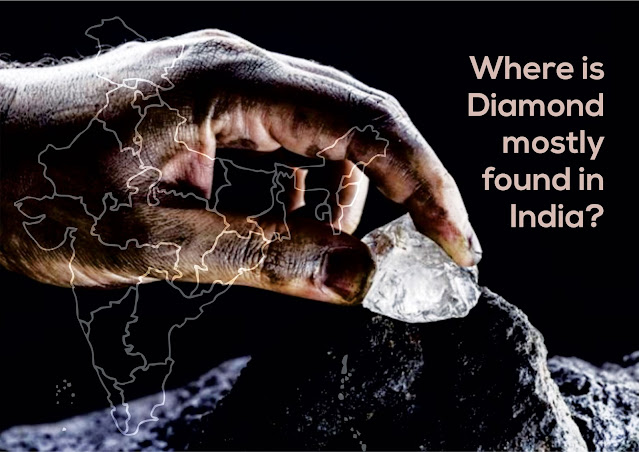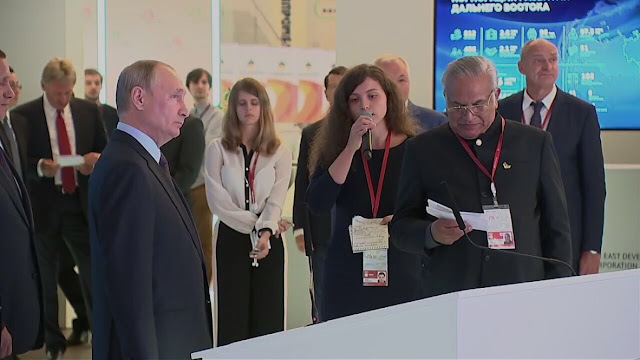Where Is Diamond Mostly Found In India?
In terms of precious stones, diamonds are the hardest-known gems on the planet. They score a 10 on the Mohs scale of hardness which is one of the most important tests for identifying mineral hardness. The combination of heat and pressure deep below the Earth over extended periods of time has resulted in their exceptional hardness. Diamond mining is done in a variety of raw forms, including different shapes, hues, and sizes.
Most diamonds are found through pipe
mining. Diamonds are brought to the surface by volcanic eruptions deep within
the earth. The deepest pipe mines can be up to 100 miles underground. Diamonds
are extracted from large rocks that have been blasted out of the ground and
transported to the surface for processing. To find rough diamonds, the chunks
are shipped to refineries where they are screened.
Deep in the earth in countries like
India, Russia, Canada, and Australia, mines extract 27,000 kilograms of
diamonds each year. In contrast, only around 20% of the rough diamonds mined
are suitable for cutting and polishing to be used in jewelry, while the
remainder is utilized for industrial reasons.
KGK group: A renowned largest diamond mining company since 1905
In India, the KGK group is one of the largest diamond mining companies, which is responsible for ensuring that all
diamonds exported from India are of the purest and most stunning beauty.
Natural and ethical diamonds from sustainable mining processes are sought after
by discriminating diamond buyers around the world. The KGK Group’s diamond arm
adheres to these principles to provide the highest quality of diamonds. KGK has
developed trust and some advantages over the worldwide competition due to its
hard work in the sector.
The company's supply chain is now fully
integrated thanks to the Kothari family's strong leadership. As a result, the
corporation is able to maintain total command of the product's quality. KGK
keeps a close eye on the supply chain to ensure that the quality of each stone
is maintained throughout the process. The group's diamond distribution
operations date all the way back to 1969, and the company began manufacturing
finished diamonds in 1986 when they began processing raw diamonds. Antwerp
(Belgium) is the home of KGK's diamond activities, which are usually at the
core of the global diamond trade. Today, KGK
Group has become a well-known name in the diamond industry due to its rich experience
and expertise.
Every conceivable size, tint, and shape
of natural colored and colorless stones are available here. Uncut stone grading
and assessing is maybe the most crucial part of providing high-quality
products. With years of experience and skills, KGK's diamond experts are able
to select the ideal stones to maintain a healthy value chain and improve
performance. KGK group’s diamond mining
and manufacturing units are established across India, South Africa, and
Botswana, where stones are mined, cut, and polished.
The effective manufacturing process of KGK
In terms of the manufacturing process,
KGK is always striving to apply the most advanced and high-tech manufacturing
methods and to constantly improve the process. In production at KGK, DiaMark™
laser marking, Galaxy™ diamond mapping, and water jet laser cutting are used as
processes. The benefits of efficiencies of scale are embedded into the value
chain because of the group's healthy volume processing.
It is important to note that the
effective distribution network of the KGK diamond is one of its most
significant advantages over other diamond firms. As a significant participant
in the world's most important diamond and jewelry trade events, the KGK has a
strong presence in all main diamond markets across Australia, Belgium, China,
Hong Kong, India, Japan, South Africa, Thailand, Taiwan, UAE, and the USA.




Comments
Post a Comment